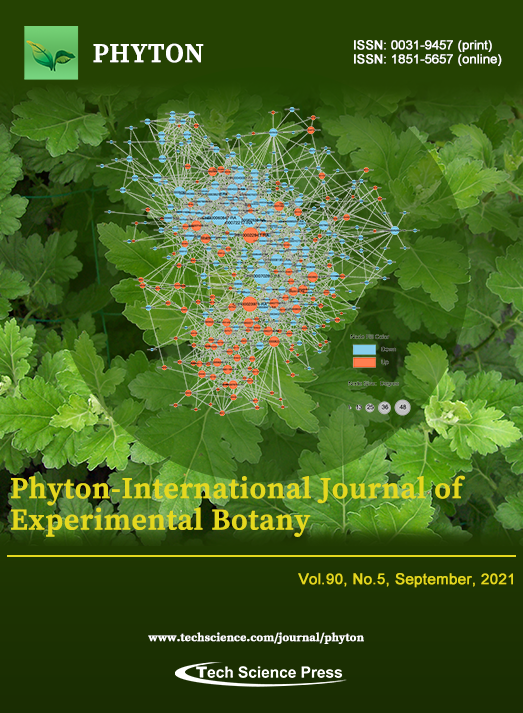
The present study investigated and screened the top 50 most closely interacting proteins in the flowering plant Dendranthema grandiflorum ‘Jinba’ (i.e., chrysanthemum), and mapped the protein interaction network. This was to gain a comprehensive understanding of the differentially expressed proteins affected by heat stress, and clearly demonstrate the protein-protein interactions. The circles represent differentially expressed proteins, and the colors represent the differential expression of the proteins (blue for down-regulated proteins, red for up-regulated proteins). The larger the circle, the more proteins it interacted with, and the more important the protein was in the network.
View this paper